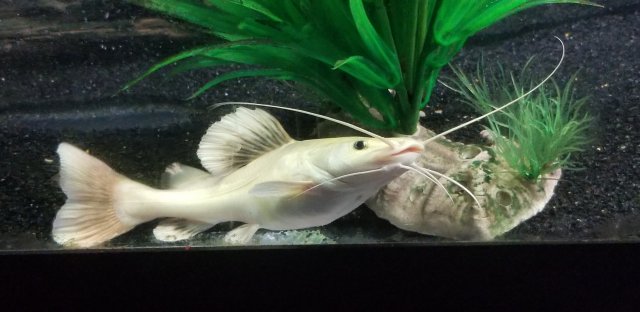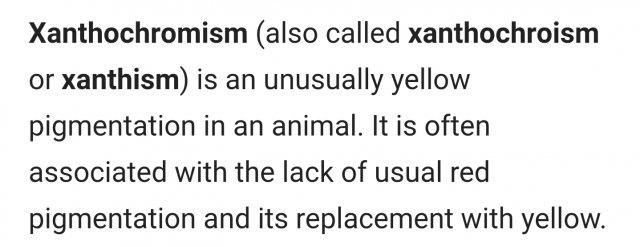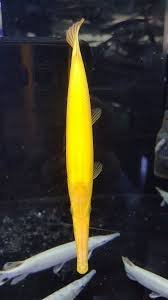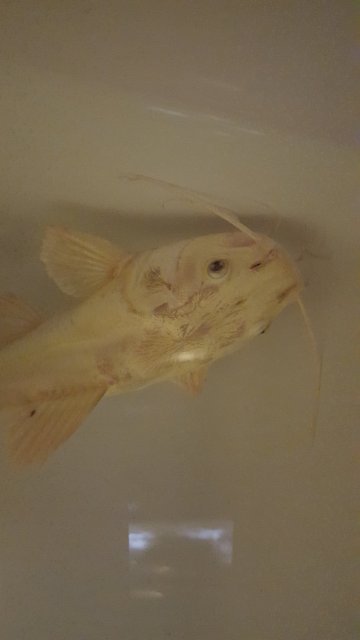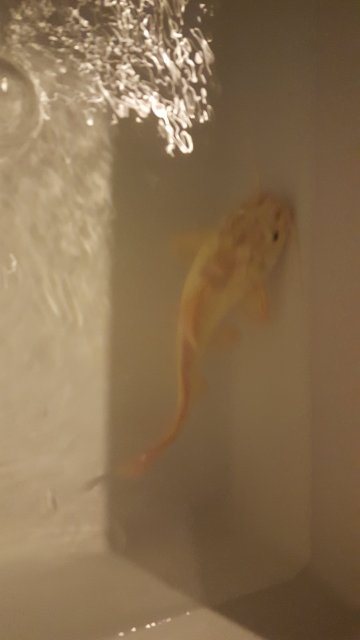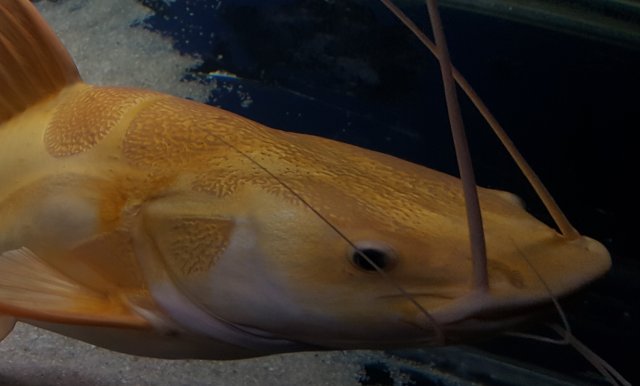I just got a new platnium rtc and now ive got questions....
Ive heard tales of dark substrate making them darker... ive seen alot of platnium gars with black sand and i really do love it. or some foods causing a yellow or tanned kind of color?
Should they be kept in a darker tank or can i have big lights on for some of the day?
Thanks in advan
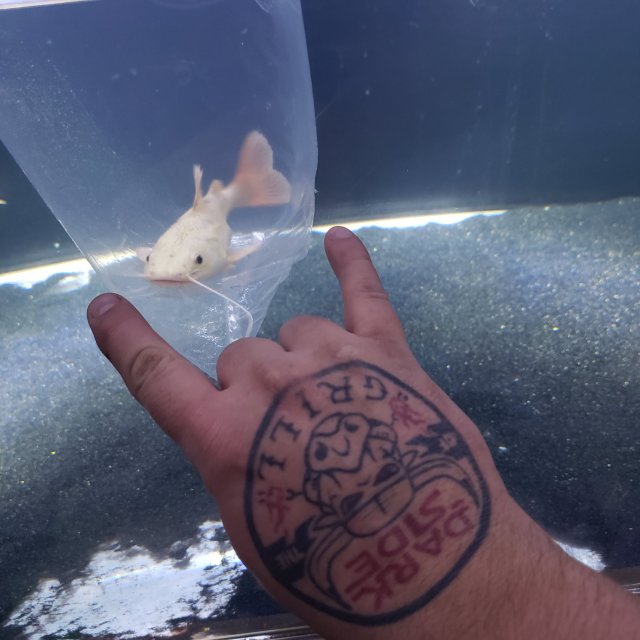
Ive heard tales of dark substrate making them darker... ive seen alot of platnium gars with black sand and i really do love it. or some foods causing a yellow or tanned kind of color?
Should they be kept in a darker tank or can i have big lights on for some of the day?
Thanks in advan




